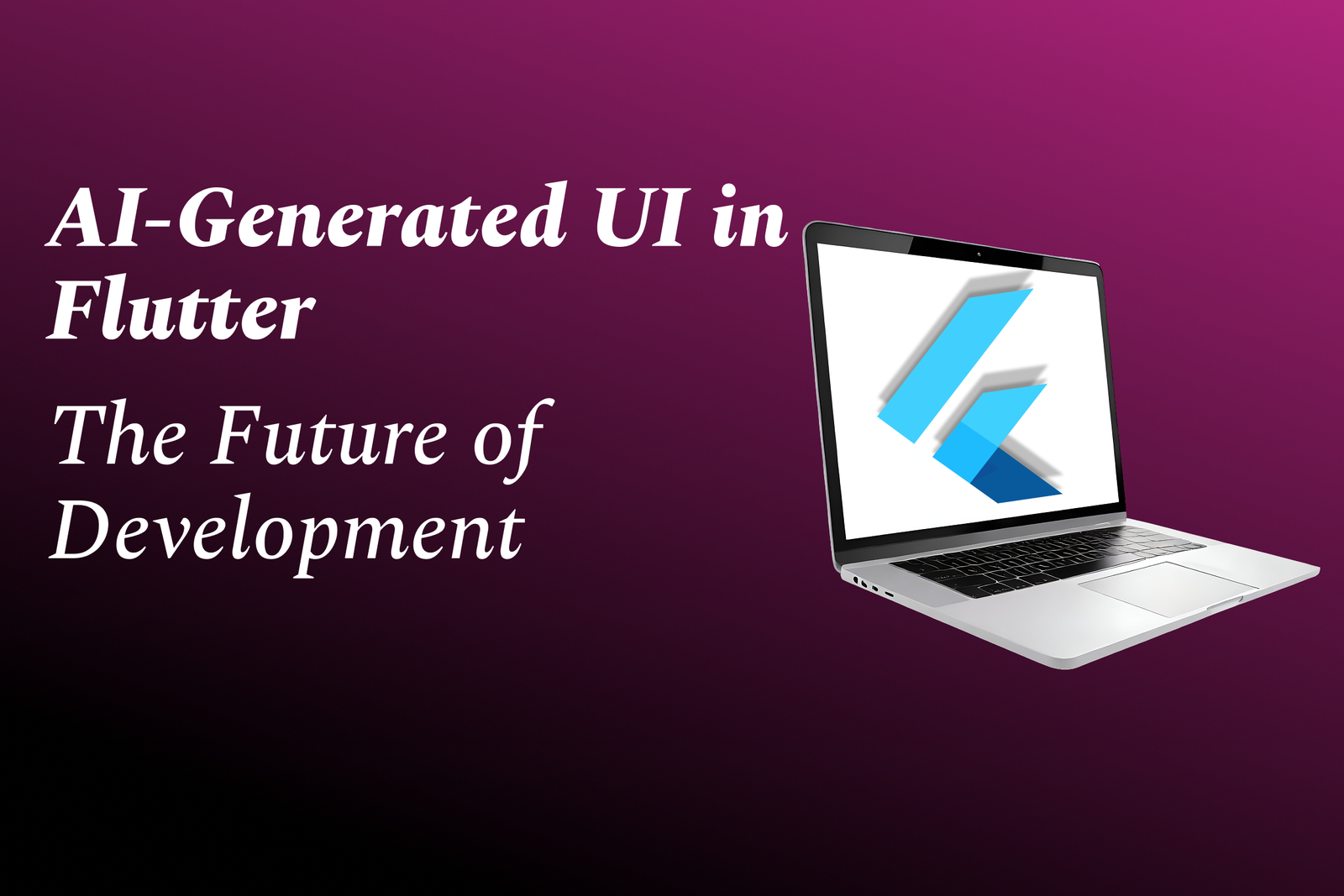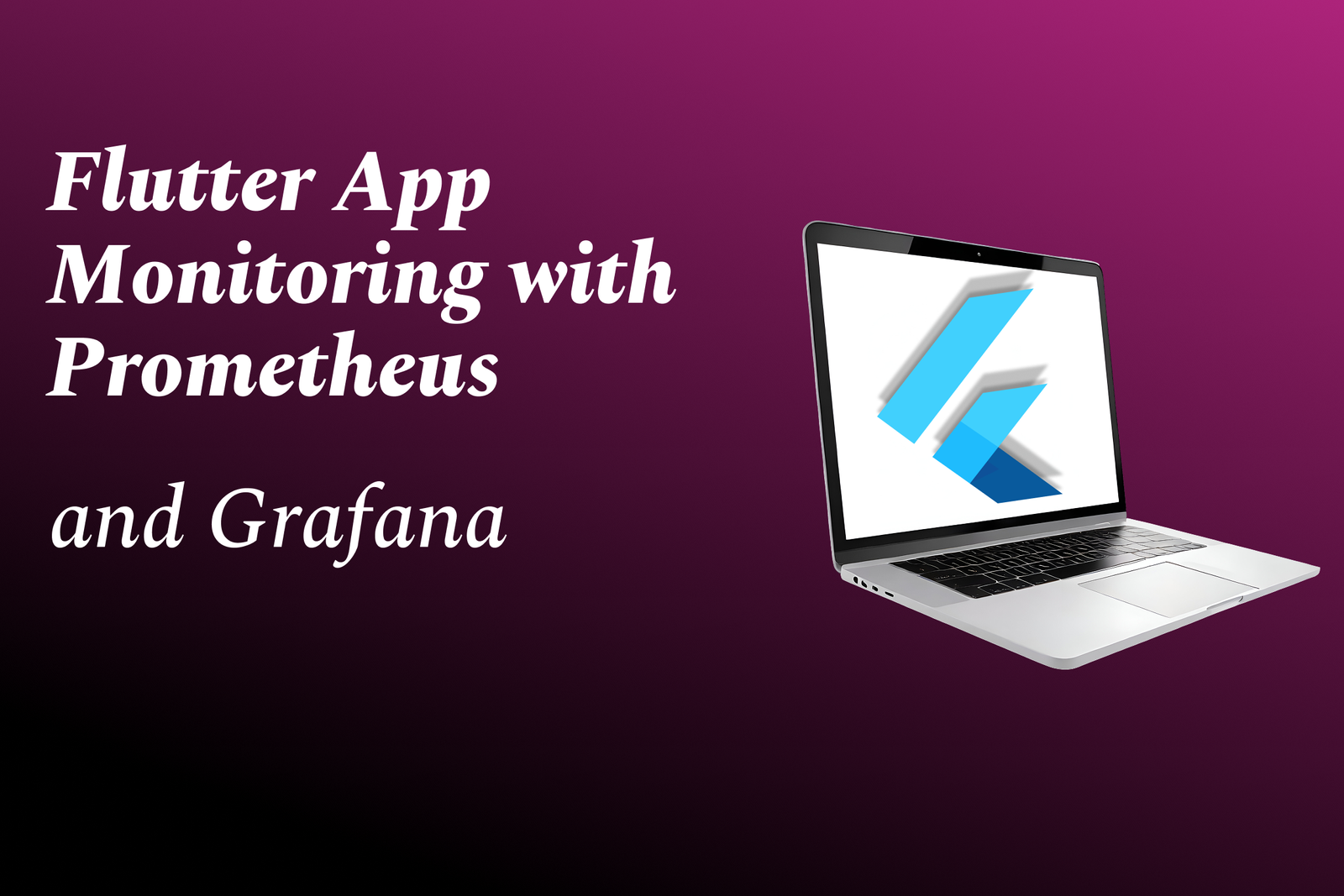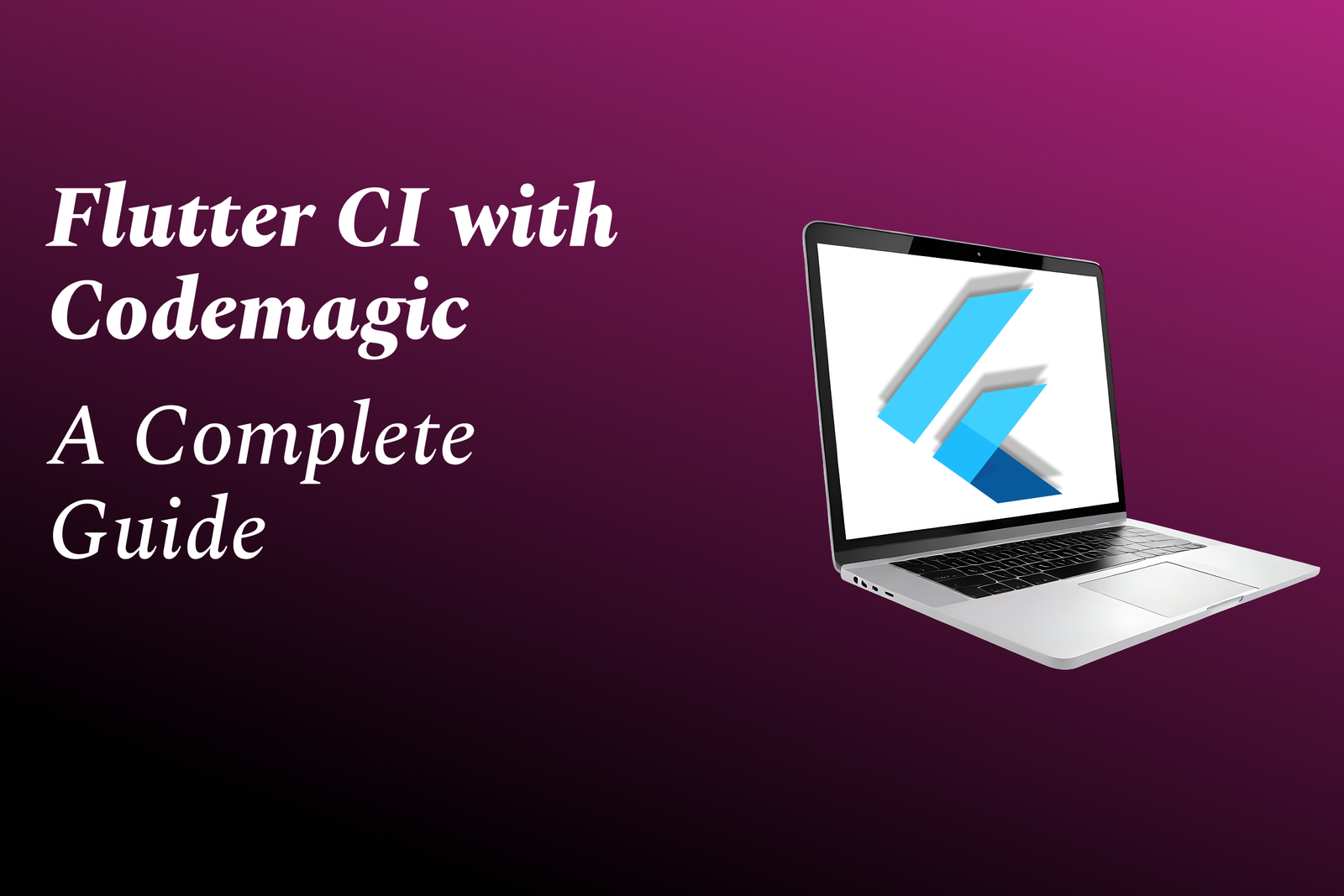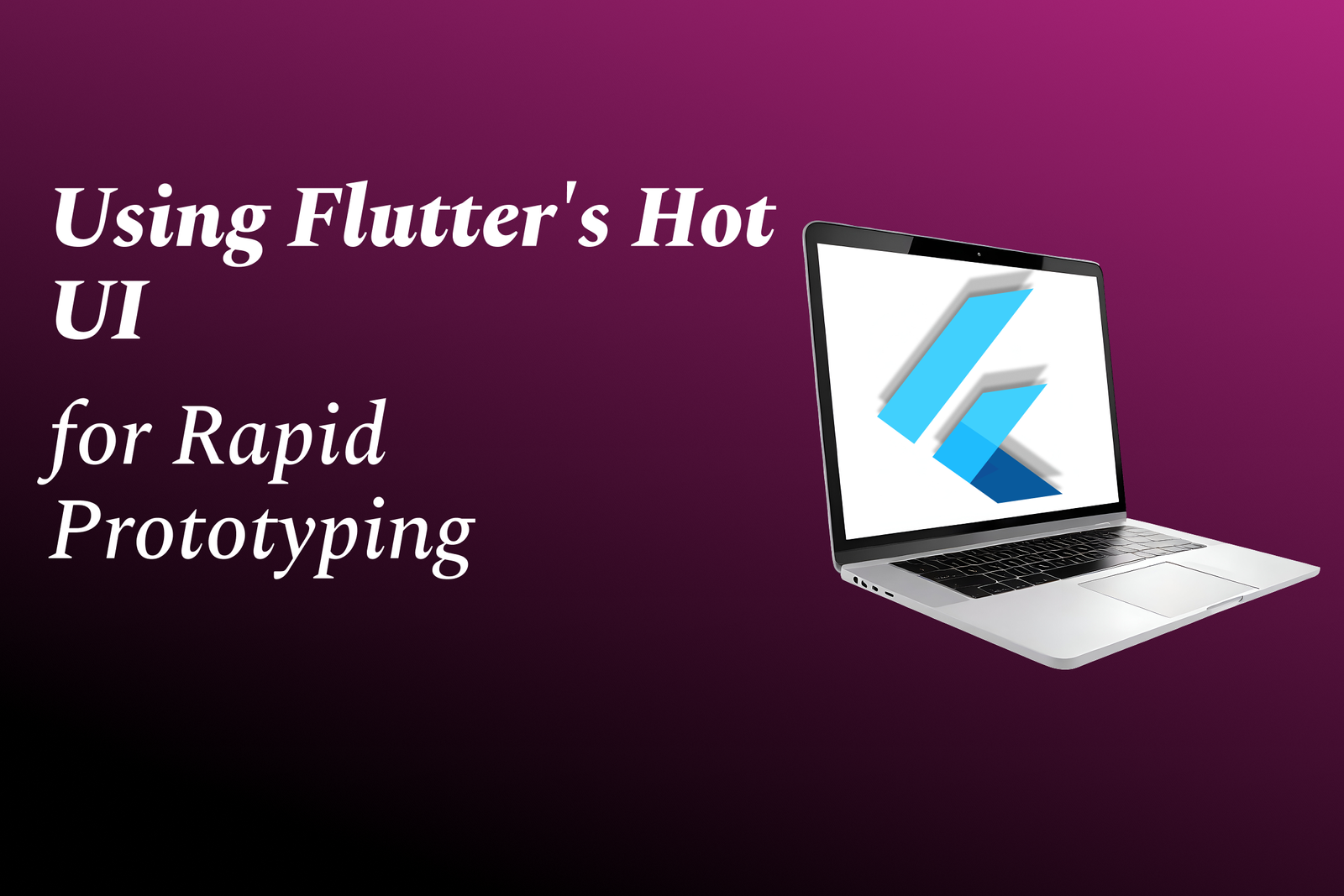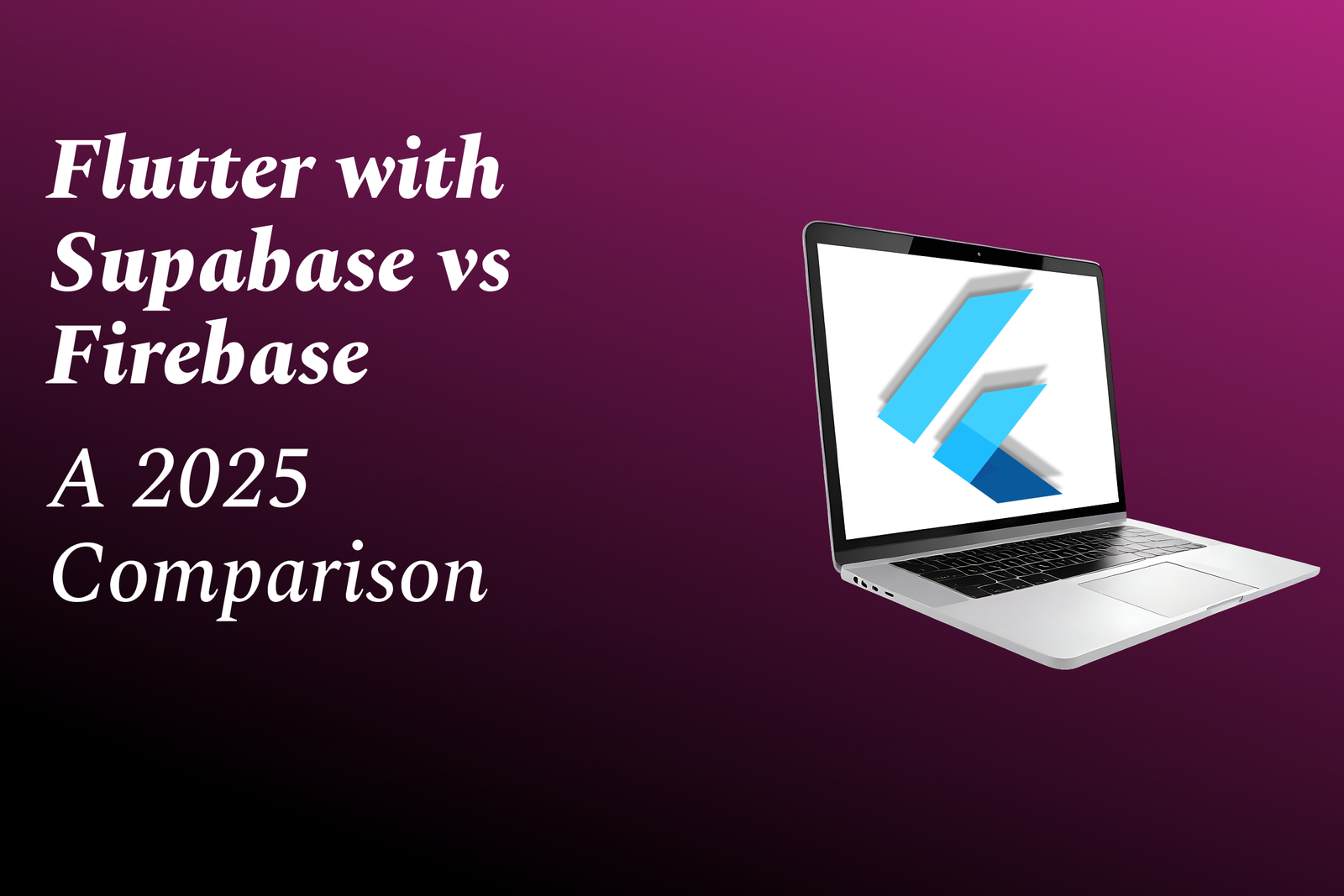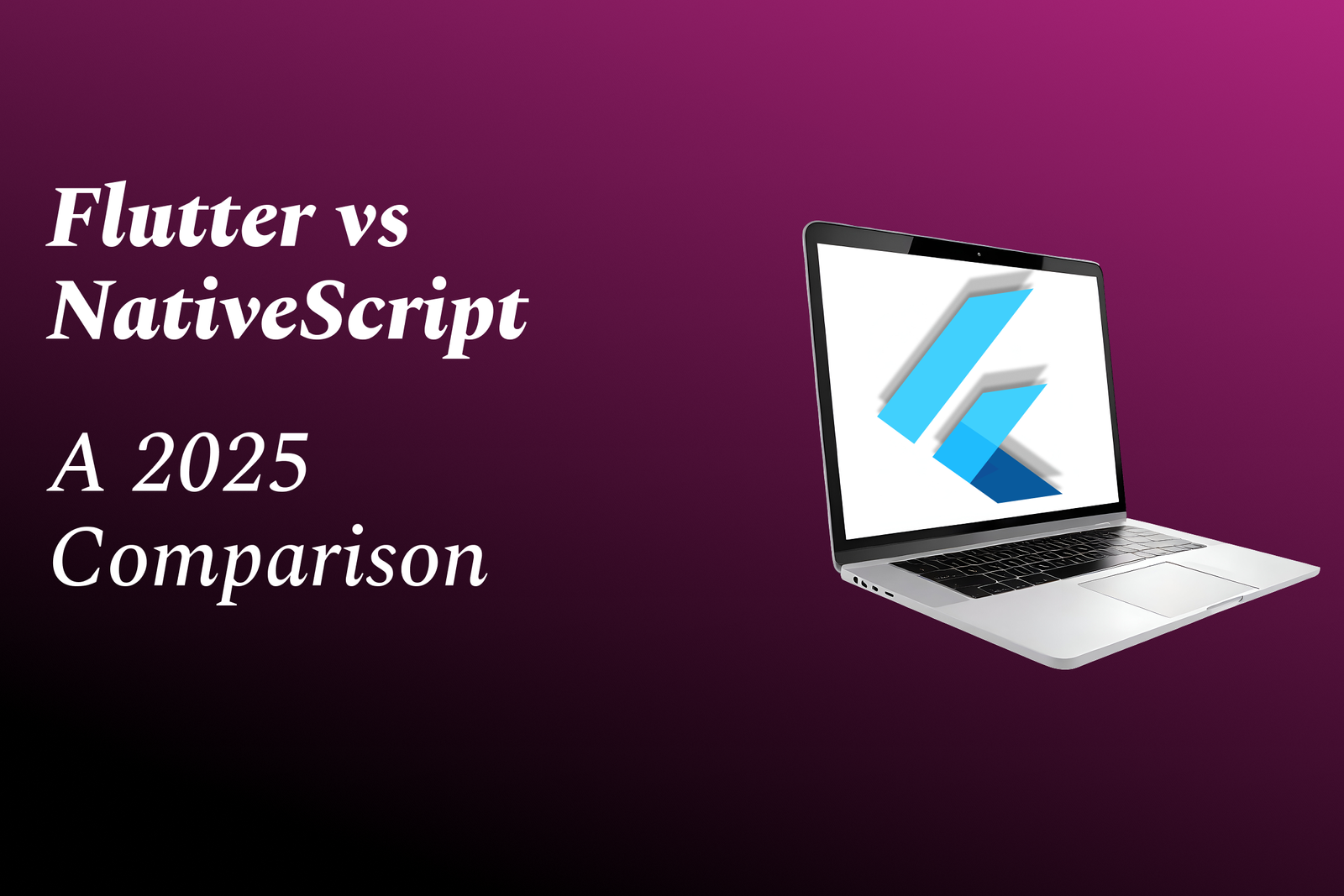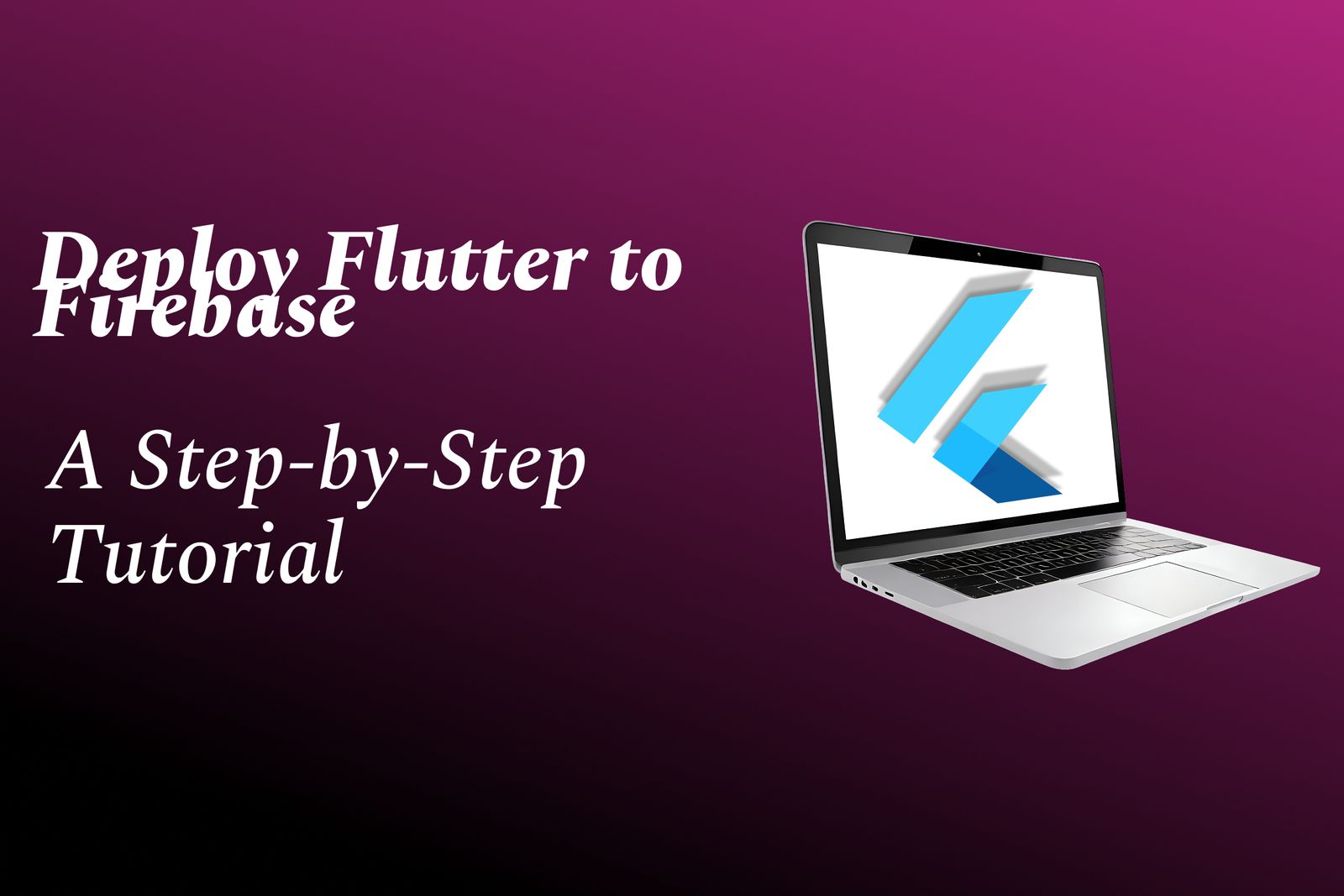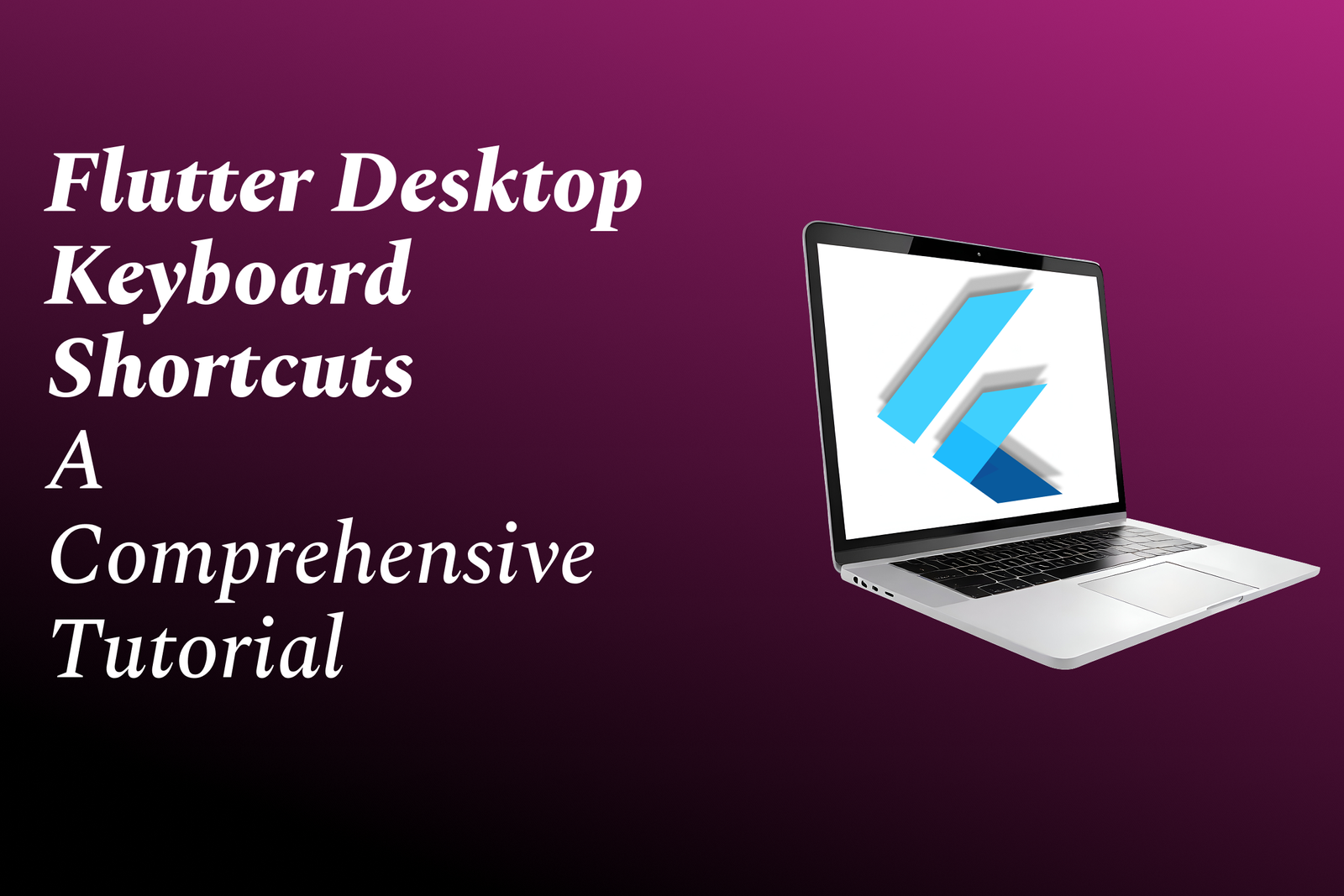AI-Generated UI In Flutter: The Future Of Development
AI-generated UI in Flutter uses machine learning to convert design files or natural-language prompts into responsive Dart widgets, automating layout, styling, accessibility and cross-platform tweaks so prototypes and production-ready screens can be produced far faster with fewer manual edits; this streamlines collaboration between designers and developers, lets teams focus on business logic and performance, and—as models and tooling improve—will become a core part of development workflows, accelerating app delivery and hands-on learning for learners and professionals at JustAcademy.
AI-Generated UI In Flutter: The Future Of Development
AI-generated UI in Flutter accelerates app development by converting design files or natural-language prompts into responsive, accessible Dart widgets, removing repetitive layout and styling work and enabling rapid prototyping across iOS, Android, and web. By automating routine tasks—component generation, theming, adaptive layouts and basic accessibility—teams focus on business logic and performance, reduce handoff friction between designers and developers, and ship interfaces faster with consistent quality. For JustAcademy learners and professionals, this translates to quicker project iterations, deeper hands-on practice with modern toolchains, and direct experience in a workflow that’s becoming central to the future of cross-platform development.
To Download Our Brochure: **https://www.justacademy.co/download-brochure-for-free
**
Message us for more information: **https://api.whatsapp.com/send?phone=919987184296
**
AI generated UI in Flutter accelerates app development by converting design files or natural language prompts into responsive, accessible Dart widgets, removing repetitive layout and styling work and enabling rapid prototyping across iOS, Android, and web. By automating routine tasks—component generation, theming, adaptive layouts and basic accessibility—teams focus on business logic and performance, reduce handoff friction between designers and developers, and ship interfaces faster with consistent quality. For JustAcademy learners and professionals, this translates to quicker project iterations, deeper hands on practice with modern toolchains, and direct experience in a workflow that’s becoming central to the future of cross platform development.
Course Overview
JustAcademy's “AI-Generated UI in Flutter” teaches converting designs and natural-language prompts into adaptive, accessible Dart widgets using AI tools; includes hands-on real-time projects, UI best practices, and a completion certificate.
Course Description
JustAcademy's “AI-Generated UI in Flutter: The Future of Development” equips developers to turn designs and natural-language prompts into adaptive, accessible Flutter widgets using cutting-edge AI tools; through hands-on real-time projects and practical best practices, learners build production-ready interfaces, streamline workflows, and earn a certificate demonstrating mastery.
Key Features
1 - Comprehensive Tool Coverage: Provides hands-on training with a range of industry-standard testing tools, including Selenium, JIRA, LoadRunner, and TestRail.
2) Practical Exercises: Features real-world exercises and case studies to apply tools in various testing scenarios.
3) Interactive Learning: Includes interactive sessions with industry experts for personalized feedback and guidance.
4) Detailed Tutorials: Offers extensive tutorials and documentation on tool functionalities and best practices.
5) Advanced Techniques: Covers both fundamental and advanced techniques for using testing tools effectively.
6) Data Visualization: Integrates tools for visualizing test metrics and results, enhancing data interpretation and decision-making.
7) Tool Integration: Teaches how to integrate testing tools into the software development lifecycle for streamlined workflows.
8) Project-Based Learning: Focuses on project-based learning to build practical skills and create a portfolio of completed tasks.
9) Career Support: Provides resources and support for applying learned skills to real-world job scenarios, including resume building and interview preparation.
10) Up-to-Date Content: Ensures that course materials reflect the latest industry standards and tool updates.
Benefits of taking our course
Functional Tools
1 - Flutter SDK
The Flutter SDK is the foundation of the course where students learn to build cross platform UIs with a single codebase. Training covers installation, project structure, widget architecture, and the render pipeline so learners understand how AI generated UI artifacts map to Flutter widgets. Practical labs demonstrate converting design tokens and generated layouts into responsive Flutter code. JustAcademy instructors emphasize best practices for state management and modularization to keep AI assisted code maintainable. Learners finish with working apps and clear guidance on integrating AI outputs into real Flutter projects.
2) Dart language and tooling
Dart is the language used throughout the course and sessions dive into its modern features, null safety, async/await, and effective typing patterns. Exercises show students how to write idiomatic Dart that complements autogenerated UI code and reduces runtime errors. Debugging, linting, and formatting tools are taught to keep AI generated snippets consistent with team standards. JustAcademy provides example repositories and live coding to reinforce Dart idioms when integrating AI outputs. Students leave able to refactor and optimize generated code confidently.
3) Visual Studio Code (VS Code)
VS Code is the primary IDE taught for rapid Flutter development and AI prompt to code workflows. Training covers extensions like Flutter, Dart, and AI assistant plugins to speed up converting design prompts into working widgets. Labs also demonstrate configuring debuggers, snippets, and live templates that accelerate mounting AI generated UI components. JustAcademy instructors show how to set up workspace settings and versioned extensions for reproducible student environments. Students practice end to end development inside VS Code from prompt to device preview.
4) Android Studio / IntelliJ IDEA
Android Studio and IntelliJ are presented as alternative IDEs with advanced profiling and device tooling. The course highlights layout inspectors, emulators, and native debug tools that are useful when AI generated UI needs platform specific adjustments. Students learn to switch between IDEs and use platform channels to bridge native code with generated Flutter widgets. JustAcademy includes guided tutorials for onboarding to these IDEs and optimizing performance when rendering complex autogenerated UIs. Hands on labs ensure students can troubleshoot layout issues using built in profilers.
5) Figma for design driven workflows
Figma is taught as the primary design tool used to create and iterate UI concepts before AI assisted code generation. Lessons show how to structure design frames, components, and tokens so automated tools can reliably convert designs into Flutter code. Students practice exporting assets, defining spacing systems, and annotating designs to improve AI translation accuracy. JustAcademy demonstrates collaborative workflows where designers and developers co author Figma files that feed AI generation pipelines. Real project work guides students to validate visual fidelity after code generation.
6) Figma to Flutter plugins and converters
The course covers plugins and converters that translate Figma designs into Flutter widget trees automatically. Instruction emphasizes how to prepare Figma files for best output, how to run converters, and how to hand edit resulting code for performance and accessibility. Students learn to identify converter limitations and to create mapping rules that preserve design intent during automation. JustAcademy shows version controlled workflows to merge generated code into existing projects safely. Labs include comparison exercises between multiple converter tools to choose the right approach per project.
7) FlutterFlow and low code Flutter builders
FlutterFlow and similar low code builders are explored for accelerating prototype generation from AI or design inputs. Training demonstrates integrating AI suggested layouts into FlutterFlow, customizing components, and exporting production ready code. Students practice extending low code outputs with custom widgets and state management suited to real time projects. JustAcademy emphasizes concurrency between low code prototypes and maintainable hand coded modules for scalability. Real time project assignments give students experience turning exported prototypes into production apps.
8) Git, GitHub, and collaborative version control
Version control fundamentals are taught with Git and GitHub as essential tools for managing AI generated code safely. Lessons include branching strategies, code review workflows, and handling merge conflicts that arise when generated code changes frequently. Students practice CI driven protections and pull request templates that document how to validate autogenerated UI before merging. JustAcademy enforces reproducible commit practices and teaches how to store prompts and generator versions alongside code for auditability. Hands on labs simulate team collaboration and release cycles using repositories.
9) GitHub Copilot and AI coding assistants
The course integrates GitHub Copilot and similar AI coding assistants as productivity multipliers for refining and completing generated UI code. Training covers how to prompt assistants effectively, how to vet suggested code for security and style, and how to combine human review with automated suggestions. Students run exercises where Copilot accelerates glue code, state connectors, and accessibility fixes for AI produced widgets. JustAcademy instructs on governance, including how to document AI contributions and avoid over reliance on unchecked outputs. Practical sessions ensure students can harness assistants while maintaining code quality.
10) OpenAI API and prompt engineering for UI generation
OpenAI APIs and prompt engineering techniques are central to teaching how to produce code and design suggestions from text based prompts. Lessons walk students through constructing prompts that yield consistent widget structures, naming conventions, and layout rules. Students practice iterations, temperature tuning, and few shot examples to increase fidelity of generated UI code. JustAcademy includes safety and IP discussions about model outputs and how to sanitize or adapt suggestions before use. Projects require storing prompt histories and comparing results across prompt versions.
11 - Hugging Face models and custom model deployment
Hugging Face model hubs and transformers are taught for scenarios where students need on premise or customizable models for UI asset generation. Course modules show how to select, fine tune, and deploy models for tasks like image generation, text to component mapping, or style transfer. Students learn to integrate hosted endpoints with Flutter apps, manage model versions, and monitor inference costs. JustAcademy provides labs to build simple model pipelines that convert designer provided prompts into usable UI assets. Emphasis is placed on reproducibility and responsible model usage.
12) Stable Diffusion, DALL·E, and image generation tools
Image generation platforms like Stable Diffusion and DALL·E are covered for producing custom illustrations, icons, and background assets for AI generated UIs. Instruction covers prompt composition, image sizing, and licensing considerations to ensure legal and aesthetic suitability for apps. Students practice automating asset pipelines that accept higher level style prompts and return optimized images ready for Flutter integration. JustAcademy teaches asset compression, caching strategies, and fallback mechanisms for generated media. Labs require students to create a consistent visual language from generated imagery.
13) Rive and Lottie for interactive and animated assets
Rive and Lottie are introduced to add motion and micro interactions to AI generated interfaces. Training covers designing or importing animations, exporting runtime files, and embedding them into Flutter widgets with control over playback and state transitions. Students implement animations that enhance perceived performance and user engagement while maintaining accessibility. JustAcademy shows best practices for performance tuning and graceful degradation on low end devices. Hands on exercises blend static AI generated layouts with dynamic animated elements.
14) Flutter DevTools and performance profiling
Flutter DevTools is taught as the go to suite for profiling rendering, memory, and CPU usage of AI generated UIs. Lessons demonstrate how to identify excessive rebuilds, large widget trees, and expensive animations introduced by automated generators. Students practice using timeline, CPU profiler, and memory snapshots to convert generated prototypes into production grade screens. JustAcademy instructors show step by step optimization strategies and how to measure improvement after refactors. Labs include real world scenarios where students fix bottlenecks in generator produced apps.
15) Firebase (Auth, Firestore, Storage) and realtime backends
Firebase services are included for quickly adding authentication, realtime databases, and media storage to AI generated UI apps. Training covers secure rules, schema design for generated forms and lists, and synchronization patterns for offline first experiences. Students implement end to end features where AI generated screens connect to backends, demonstrating practical value to product owners. JustAcademy discusses trade offs between hosted backends and self hosted alternatives for scale and compliance. Projects require students to instrument analytics and error reporting for deployed prototypes.
16) Supabase and alternative open source backends
Supabase and other open source backend stacks are presented as alternatives to proprietary services, suitable for projects requiring SQL databases and Postgres features. Course modules show how to map autogenerated UI components to Supabase endpoints, row level security, and serverless functions. Students practice setting up authentication flows and real time subscriptions that drive dynamic UI elements. JustAcademy emphasizes developer control and how to maintain testable APIs alongside generated front end code. Hands on tasks include deploying a full stack demo using Supabase.
17) CI/CD pipelines with Codemagic, GitHub Actions, and Fastlane
Continuous integration and delivery pipelines are taught to automate building, testing, and releasing apps that include AI generated UI components. Training covers pipeline configuration, automated widget tests, signing apps, and publishing to app stores or distribution channels. Students learn to integrate quality gates that validate code style, generated asset licensing, and test coverage before releases. JustAcademy provides pipeline templates and walkthroughs for reproducible automations across teams. Labs culminate in students shipping a staged release that demonstrates production readiness.
18) Storybook, Widgetbook, and component driven development
Component driven development tools like Storybook or Widgetbook for Flutter are used to catalogue, test, and showcase AI generated widgets in isolation. Lessons show how to register generated components, write interactive stories, and run visual regressions to detect unintended changes. Students practice creating living style guides that designers and engineers can reference while iterating on generation prompts. JustAcademy encourages integrating story suites into CI to prevent regressions from new generated outputs. Exercises include building a searchable component library from course projects.
19) Testing frameworks: flutter_test, integration_test, Mockito
Testing is emphasized to ensure AI generated UI behaves correctly and remains stable across changes. Coursework covers unit testing widget logic, integration tests that exercise navigation and backend interactions, and mock based strategies for network dependencies. Students write golden tests to verify visual outputs of autogenerated components and learn to manage flaky tests introduced by nondeterministic generators. JustAcademy provides testing templates and grading rubrics that mirror industry expectations. Practical labs require students to raise test coverage on their generated UI projects.
20) Code generation tools: build_runner, json_serializable, freezed
Code generators like build_runner, json_serializable, and freezed are taught to automate boilerplate for models and unions used by generated UIs. Training explains how to create stable model schemas that AI generated components rely on and how to regenerate code safely during iterative design. Students practice integrating generators into CI and resolving common merge issues when generated files change. JustAcademy instructors demonstrate patterns to keep generated and hand written code decoupled and maintainable. Exercises involve creating typed data layers that feed into autogenerated screens.
21 - Localization and accessibility tooling (intl, a11y linters)
Localization with the intl package and accessibility tooling are included to make AI generated UIs usable by global and diverse audiences. Lessons show how to structure strings, handle plurals and date/number formats, and integrate automated checks for contrast and focus order. Students modify generated layouts to support right to left languages and screen readers, ensuring inclusivity as a core course outcome. JustAcademy enforces accessibility acceptance criteria for all capstone projects and provides remediation patterns. Labs require students to evaluate and fix accessibility issues exported from generation tools.
22) Packaging, asset management, and flutter_gen
Asset management techniques and tools like flutter_gen are taught to organize images, fonts, and generated assets systematically. Training covers naming conventions, responsive image variants, and build time asset validation to avoid runtime surprises. Students practice automating asset pipelines so generated media are optimized, cached, and versioned in repositories. JustAcademy demonstrates how to link design tokens into build pipelines for consistent theming across generated components. Practical assignments include creating asset manifests and integrating them into app builds.
23) Security, secrets management, and safe AI usage
Security modules teach how to manage API keys, secrets, and model access when integrating AI services into student projects. Lessons include secure storage patterns, environment configuration, and minimizing exposure of cost incurring endpoints in client code. Students learn to validate and sanitize outputs from generative models to prevent injection issues and privacy leaks. JustAcademy emphasizes policy documentation, audit trails, and responsible disclosure practices when using third party models. Capstone evaluations include a security checklist for AI assisted features.
24) Analytics, observability, and feature flagging tools
Analytics and observability tools are included so students can measure the impact of AI generated UI changes in production like settings. Training covers event instrumentation, performance monitoring, and using feature flags to roll out generated UI experiments safely. Students learn to design metrics that matter—engagement, conversion, and error rates—that justify automation investments. JustAcademy demonstrates integration patterns with analytics providers and how to correlate UI versions with outcomes. Course projects require students to set up dashboards and interpret results to iterate intelligently.
25) Design systems, tokens, and style management tools
Design system practices and token management are taught to keep AI generated UIs consistent across screens and teams. Lessons show how to extract colors, spacing, and typography tokens from designs and enforce them through theming and component libraries. Students practice creating token driven generators that produce uniform widgets and reduce hand edits after generation. JustAcademy provides templates for maintaining versioned design systems and synchronizing them with CI pipelines. Exercises include migrating an ad hoc generated UI into a tokenized, company grade component set.
26) State management libraries (Provider, BLoC, Riverpod, MobX)
Deep dives into modern state management approaches so students can choose patterns that scale with AI generated UIs. Modules cover when to use simple InheritedWidgets/Provider, event driven BLoC, Riverpod for testability, and reactive MobX for complex interactions. Labs compare implementations on the same screen, demonstrating trade offs in performance, testability, and developer ergonomics. JustAcademy instructors provide migration guides and anti pattern checklists.
27) Modular architecture & Clean Architecture
Teaching how to structure apps into feature modules, domain layers, and data layers to keep generated code decoupled and maintainable. Lessons include dependency inversion, use case driven design, and packaging strategies for large teams. Students practice extracting generator outputs into reusable modules and writing interface contracts so auto updates don’t break business logic. JustAcademy enforces architecture reviews on capstone projects.
28) GraphQL (Hasura, Apollo, graphql_flutter)
Practical training on integrating GraphQL backends with Flutter, schema first development, and client caching strategies. Students learn to generate types from schemas, handle subscriptions for realtime UIs, and test GraphQL interactions. Labs include mapping autogenerated forms and lists to GraphQL queries/mutations and using Hasura to speed up backend setup. JustAcademy contrasts GraphQL and REST for different UI patterns.
29) REST API design, OpenAPI, and API contract testing
Best practices for designing REST endpoints that serve AI generated screens, documenting APIs with OpenAPI/Swagger, and automating contract tests with Postman or Pact. Students learn to create stable API contracts so generated front ends can be validated in CI. JustAcademy provides templates for API versioning and mocking strategies for frontend first workflows.
30) Flutter on Web and Desktop (Windows, macOS, Linux)
Porting AI generated UIs beyond mobile to web and desktop, including responsive breakpoints, input paradigms (mouse/keyboard), and packaging concerns. Lessons cover platform specific optimizations, accessibility differences, and CI pipelines for multi platform builds. Hands on labs produce a single codebase deployed to web and desktop targets. JustAcademy addresses UX adjustments needed when moving from small screens to large displays.
31 - Native interop, platform channels & FFI
In depth coverage of platform channels, method channels, and Dart FFI to call native Android/iOS code or native C/C++ libraries when generated widgets require low level functionality. Students implement plugins, handle threading and callbacks, and test native integrations. JustAcademy emphasizes safe error handling and API boundaries to keep generated UI code robust.
32) AR, 3D and Mixed Reality integrations
Training on integrating ARCore/ARKit, Unity, or WebGL content into Flutter apps for immersive UI experiences. Modules teach asset pipelines, performance considerations for 3D scenes, and UX patterns for augmented interactions. Projects include embedding AR previews or interactive 3D product viewers generated by AI driven design pipelines. JustAcademy covers device capability checks and graceful fallbacks.
33) IoT, Bluetooth, and peripheral integrations
Practical lessons for connecting mobile apps to BLE devices, sensors, and IoT backends — useful when UIs are generated for device dashboards or control panels. Students use plugins like flutter_blue, manage pairing flows, and secure device communication. Labs simulate real world device ecosystems and teach strategies for testing unreliable hardware.
34) Payments, in app purchases, and monetization strategies
Implementation of one time purchases, subscriptions, consumables, and server side receipt validation using in_app_purchase and platform SDKs. Topics cover pricing strategies, A/B experiments for monetization, and compliance (PCI, app store billing rules). JustAcademy includes workflow templates to integrate monetization into generated flows while preserving UX.
35) App store compliance, privacy, and regulatory requirements
Detailed guidance on App Store and Google Play policies, privacy labels, data collection disclosures, GDPR, CCPA, and child safety regulations (COPPA). Students audit generated screens for compliance, prepare privacy manifests, and implement consent flows. JustAcademy includes checklists and mock store submissions as part of release labs.
36) Device farms, automated compatibility testing, and accessibility audits
Using Firebase Test Lab, BrowserStack, and AWS Device Farm to run automated UI tests across real devices and OS versions. Training includes creating matrix tests for generated layouts, running accessibility audits, and diagnosing device specific rendering issues. Labs teach test selection strategies to balance coverage and cost.
37) Observability, crash reporting, and debugging in production (Sentry, Crashlytics)
Implementing telemetry, structured logging, distributed traces, and crash reporting to monitor apps with dynamically generated UI. Students set up error grouping, user impact dashboards, and alerting rules, plus privacy aware sampling. JustAcademy stresses actionable SLOs and postmortem practices for production incidents.
38) Model serving, MLOps, and scalable inference (Docker, Kubernetes, BentoML)
Foundational MLOps concepts for deploying, versioning, and monitoring models that power UI generation. Modules cover containerizing models, autoscaling inference endpoints, model drift detection, and cost control. Students deploy a simple generation endpoint and wire it to a Flutter app with secure authentication. JustAcademy highlights reproducibility and rollback procedures.
39) Documentation, developer SDKs, and changelogs
Best practices for producing developer friendly docs, API references, and SDK samples that accompany autogenerated components. The course teaches how to publish package docs, maintain changelogs with semantic versioning, and create interactive playgrounds for components. Labs require students to document generated modules so teammates can onboard quickly.
40) Career readiness, portfolio building, and certification prep
Dedicated tracks to help learners convert course projects into portfolio pieces, prepare for technical interviews, and earn JustAcademy certification. Activities include resume reviews, mock interviews, and guidance on showcasing end to end projects that combine AI generation, architecture, and production readiness. Capstone grading aligns with industry expectations to validate skills to employers.
If you want still more points, indicate areas to expand (backend, AI ops, design ops, enterprise concerns) and additional topics will be added.
Browse our course links : https://www.justacademy.in/all-courses
To Join our FREE DEMO Session: https://www.justacademy.in/register-for-course-demo
This information is sourced from JustAcademy
Contact Info:
Roshan Chaturvedi
Message us on Whatsapp: https://api.whatsapp.com/send?phone=919987184296
**Email id: mailto:info@justacademy.co
**
https://www.justacademy.co/blog-detail/flutter-impeller-vs.-skia:-a-deep-dive-into-the-new-rendering-engine
https://www.justacademy.co/blog-detail/flutter-buildcontext-explained-for-beginners
https://www.justacademy.co/blog-detail/gamification-in-flutter:-engaging-your-users
https://www.justacademy.co/blog-detail/flutter-web-vs-spas:-a-performance-comparison
https://www.justacademy.co/blog-detail/optimizing-network-calls-in-flutter-with-dio
AI-Powered Flutter UIs: Design-to-Code Automation for Faster Cross-Platform App Development
AI-Generated Flutter UIs: Design-to-Code for Faster Cross-Platform App Development
AI-Generated Flutter UIs: Design-to-Code Tools for Faster Cross-Platform App Development
AI-Powered Flutter UIs: Faster Design-to-Code App Development
